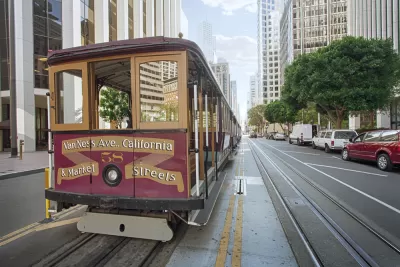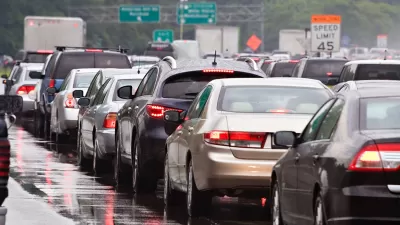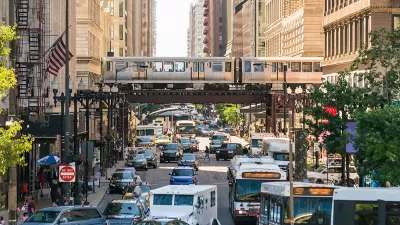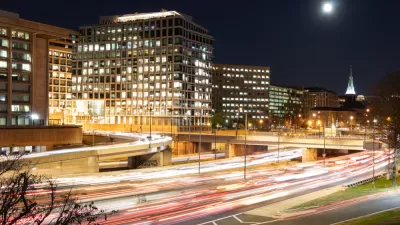As the pandemic begins to wind down, Santa Clara Valley Transportation Authority's Deborah Dagang speculates on the future of commuting, traffic, and public transit as Californians slowly return to their travel routines.

The road to recovery for transit agencies and commuters is still shrouded in mystery as many factors about the post-pandemic economy continue to change. With a timeline for mass vaccination still uncertain and companies increasingly adjusting to working from home, the future of transportation and traffic is more unpredictable than ever. Nico Savidge of the Mercury News spoke to Deborah Dagang, chief planning and programming officer for the Santa Clara Valley Transportation Authority (VTA), about her vision for post-pandemic transportation in California.
Dagang cited the benefits of last year's reduction in movement: cleaner air, less strain on roads and public transit systems, and more time for workers to spend in other ways. But plummeting ridership (and consequently revenue) and steep budget cuts also spell trouble for the agencies that operate public transit and the essential workers who still depend on bus and train service to get to and from their jobs. She warns against service cuts, which disproportionately affect low-income Americans, saying agencies must do "anything that we can" to avoid them.
When it comes to traffic on the state's famously congested freeways, Dagang is optimistic, despite fears that, as workplaces and businesses unfreeze, more people will choose private vehicles to avoid possible infection. According to Dagang, even a small reduction in vehicle volume, such as we saw in 2020, can have a positive impact on traffic flow and commute time. "You only have to reduce (car volume) by about 10 or 15 percent and most of the delay goes away. So part of what you’re seeing is that, yes, more of the automobile volumes are going back first. But part of that is that people can drive from point A to point B and they’re not experiencing much delay."
FULL STORY: More remote work? Even worse traffic? What the post-pandemic future holds for California transportation

Alabama: Trump Terminates Settlements for Black Communities Harmed By Raw Sewage
Trump deemed the landmark civil rights agreement “illegal DEI and environmental justice policy.”

Planetizen Federal Action Tracker
A weekly monitor of how Trump’s orders and actions are impacting planners and planning in America.

The 120 Year Old Tiny Home Villages That Sheltered San Francisco’s Earthquake Refugees
More than a century ago, San Francisco mobilized to house thousands of residents displaced by the 1906 earthquake. Could their strategy offer a model for the present?

Rural Missouri Transit Service Could Lose State Funding
OATS Transit offers low-cost rides to primarily elderly rural residents with little or no access to other transportation options.

Opinion: California’s SB 79 Would Improve Housing Affordability and Transit Access
A proposed bill would legalize transit-oriented development statewide.

Record Temperatures Prompt Push for Environmental Justice Bills
Nevada legislators are proposing laws that would mandate heat mitigation measures to protect residents from the impacts of extreme heat.
Urban Design for Planners 1: Software Tools
This six-course series explores essential urban design concepts using open source software and equips planners with the tools they need to participate fully in the urban design process.
Planning for Universal Design
Learn the tools for implementing Universal Design in planning regulations.
Clanton & Associates, Inc.
Jessamine County Fiscal Court
Institute for Housing and Urban Development Studies (IHS)
City of Grandview
Harvard GSD Executive Education
Toledo-Lucas County Plan Commissions
Salt Lake City
NYU Wagner Graduate School of Public Service





























